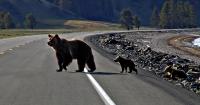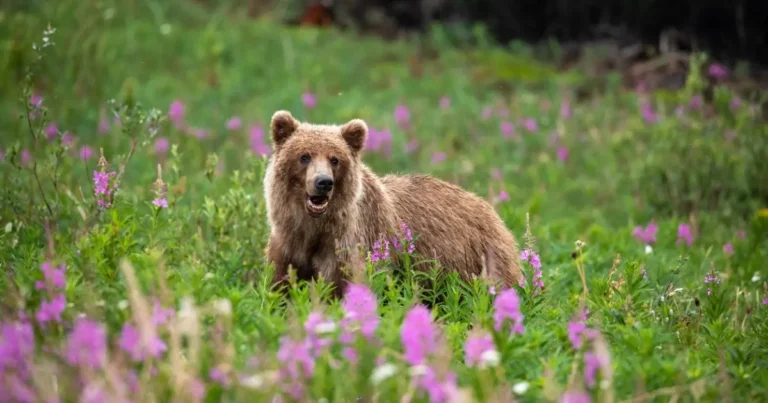
There are some obvious reasons, speeding and ignoring wildlife signage, and habituation.
Please slow down and watch for wildlife. Also if you see a bear along the road, don’t stop to take a picture as it habituates bears to people and encourages them to come closer to the road.
The message about not feeding wildlife is getting out though! Conservation Officers have noticed a drastic reduction of attractants carried by people in Whistler. This year has also had natural food more abundant this year due to better weather conditions.
*Extra driving tips– drivers and passengers should actively watch for:
- wildlife – on the road, in the ditch, on the shoulder, and in the right of way
- movement on or alongside the road
- shining eyes, which will be your head lights reflecting off the animal's eyes. NOTE: Moose are so tall that their eyes are normally above the beams of mostvehicle head lights, and so are less likely to reflect the light
- Flickering head lights of oncoming cars or tail lights of thevehicles in front of you – which may be an animal crossing the road
- Roadside reflectors that disappear/reappear, which might indicate an animal crossing in front of them Watch out between dusk and dawn. Light levels are low, and animals are active.
(*Source www.wildlifecollisions.ca)
Lastly carry emergency numbers on you or keep them in your glove box, such as your local wildlife rehabilitator, and SPCA or Humane Society numbers who can point you in the right direction for help in an emergency.
We can all help wildlife, we have to be responsible and follow some basic steps to not injure them by our actions.
monthly donor(for as little as $5/month – the cost of a single latte) pleaseclick hereand help us save lives today.

